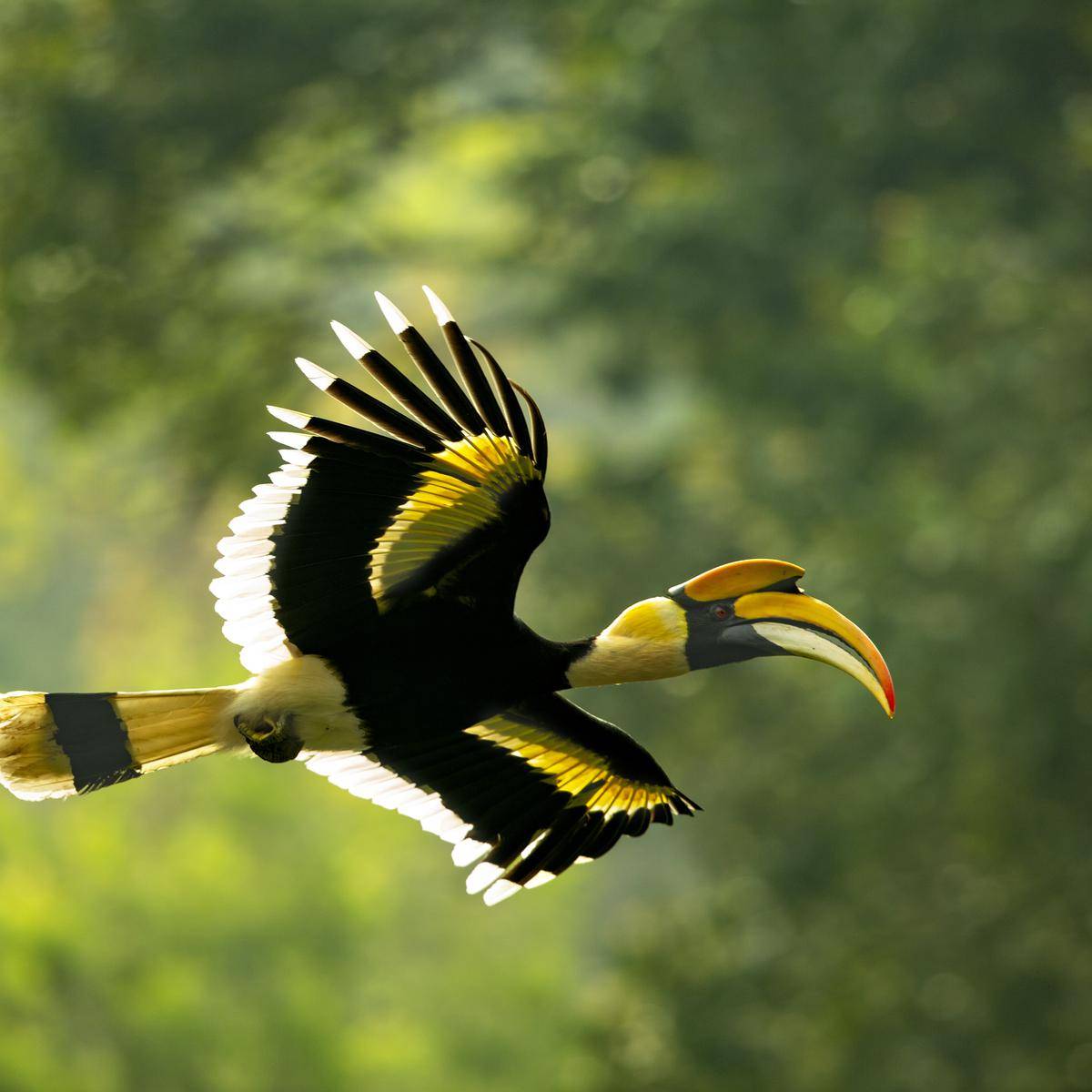Hornbills, with their distinctive appearance and captivating behaviors, are among the most intriguing birds found in various parts of the world. These avian wonders boast unique features that set them apart from other bird species. Let's delve into five fascinating facts about hornbills that highlight their remarkable characteristics and lifestyles.
1. Striking Appearance and Unique Bills
Hornbills are easily recognizable due to their large size and vibrant plumage. One of the most remarkable features of hornbills is their distinctively shaped bills, which often appear to be adorned with a casque on top. This casque is a hollow structure made of keratin, the same material found in human hair and nails. While scientists have proposed various functions for the casque, such as amplifying calls or regulating body temperature, its primary purpose remains a subject of ongoing research and debate.
2. Monogamous and Cooperative Breeding Hornbills are known for their strong family bonds and unique breeding behaviors. Many hornbill species are monogamous, forming strong pair bonds that last for years. During the breeding season, the female hornbill seeks out a suitable nesting cavity in a tree hollow, where she seals herself in using a mixture of mud, droppings, and food. The male then takes on the responsibility of providing food for both the female and the chicks by passing it through a narrow opening, a behavior known as "incubation feeding." This cooperative breeding strategy ensures the survival of the offspring and showcases the intricate partnership between male and female hornbills.
3. Impressive Feeding Habits
Hornbills have a varied diet that includes fruits, insects, small animals, and even other birds. One of their most intriguing feeding habits is their ability to catch prey mid-air. Some hornbill species, such as the Malabar pied hornbill, are skilled at catching flying insects using their precise aerial maneuvers. This unique hunting technique showcases the agility and adaptability of these birds in their natural habitats.
4. Vital Seed Dispersers Hornbills play a crucial role in the ecosystems they inhabit by serving as effective seed dispersers. Their diet mainly consists of fruits, and they often consume a wide variety of fruits, some of which are large and fleshy. As hornbills consume these fruits, they play a role in dispersing seeds across the forest. This activity helps in maintaining biodiversity and promoting the growth of different plant species.
5. Cultural Significance
Hornbills hold cultural and symbolic importance in various societies. For instance, in some indigenous cultures, hornbills are considered symbols of good luck, freedom, and harmony with nature. In parts of Africa and Asia, they are featured in folklore, traditional dances, and even art, underscoring their significance beyond the realm of biology.
In conclusion, hornbills are not only visually captivating but also ecologically and culturally significant. Their unique bills, cooperative breeding behaviors, feeding habits, role as seed dispersers, and cultural symbolism all contribute to their standing as remarkable creatures that enrich our natural and cultural landscapes.


